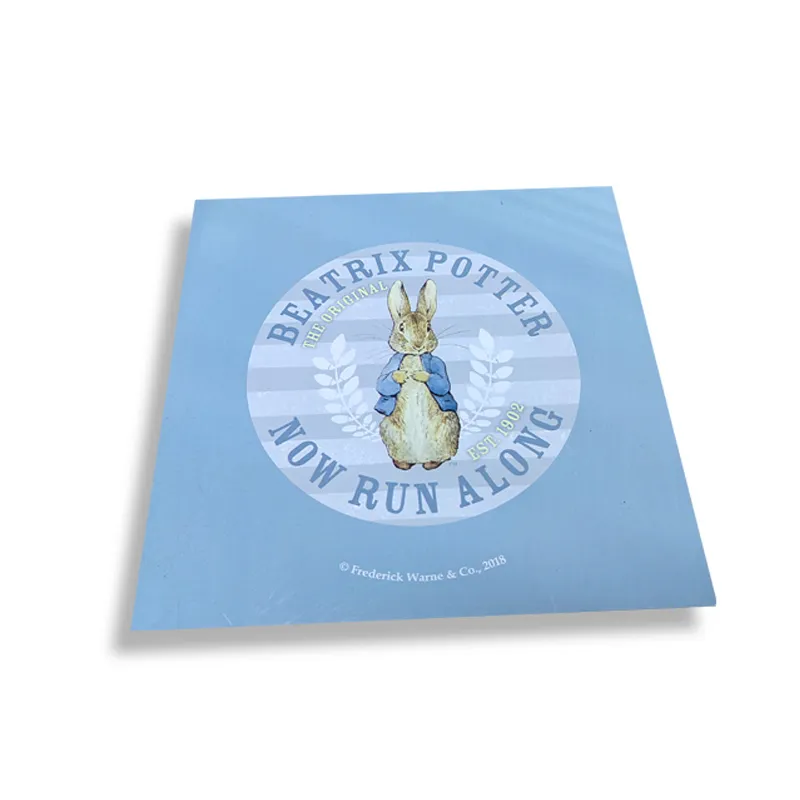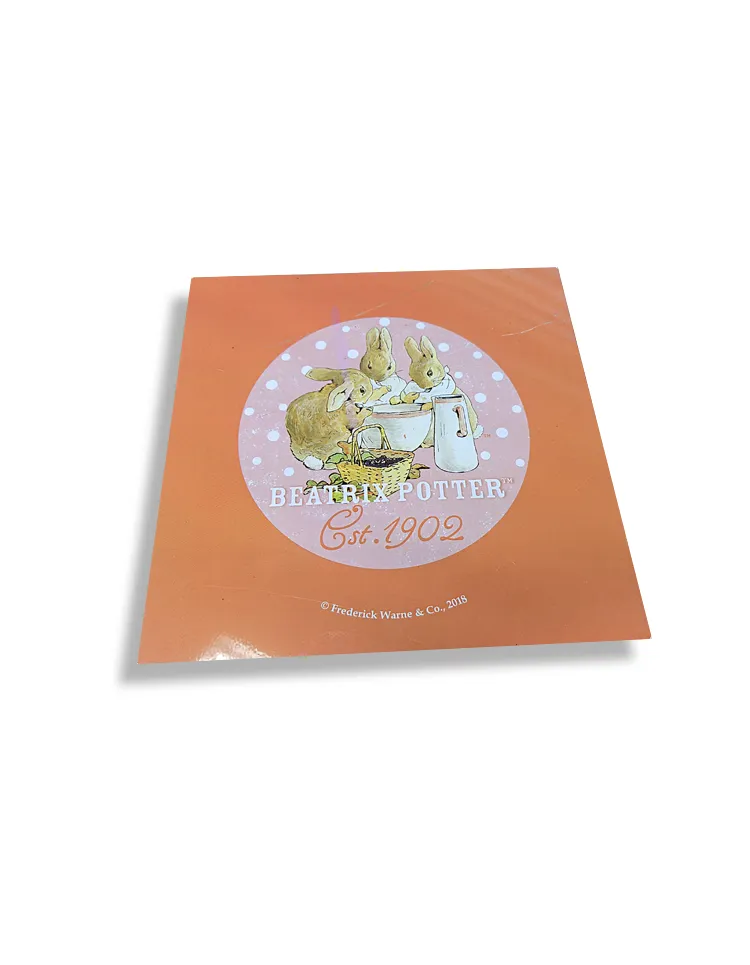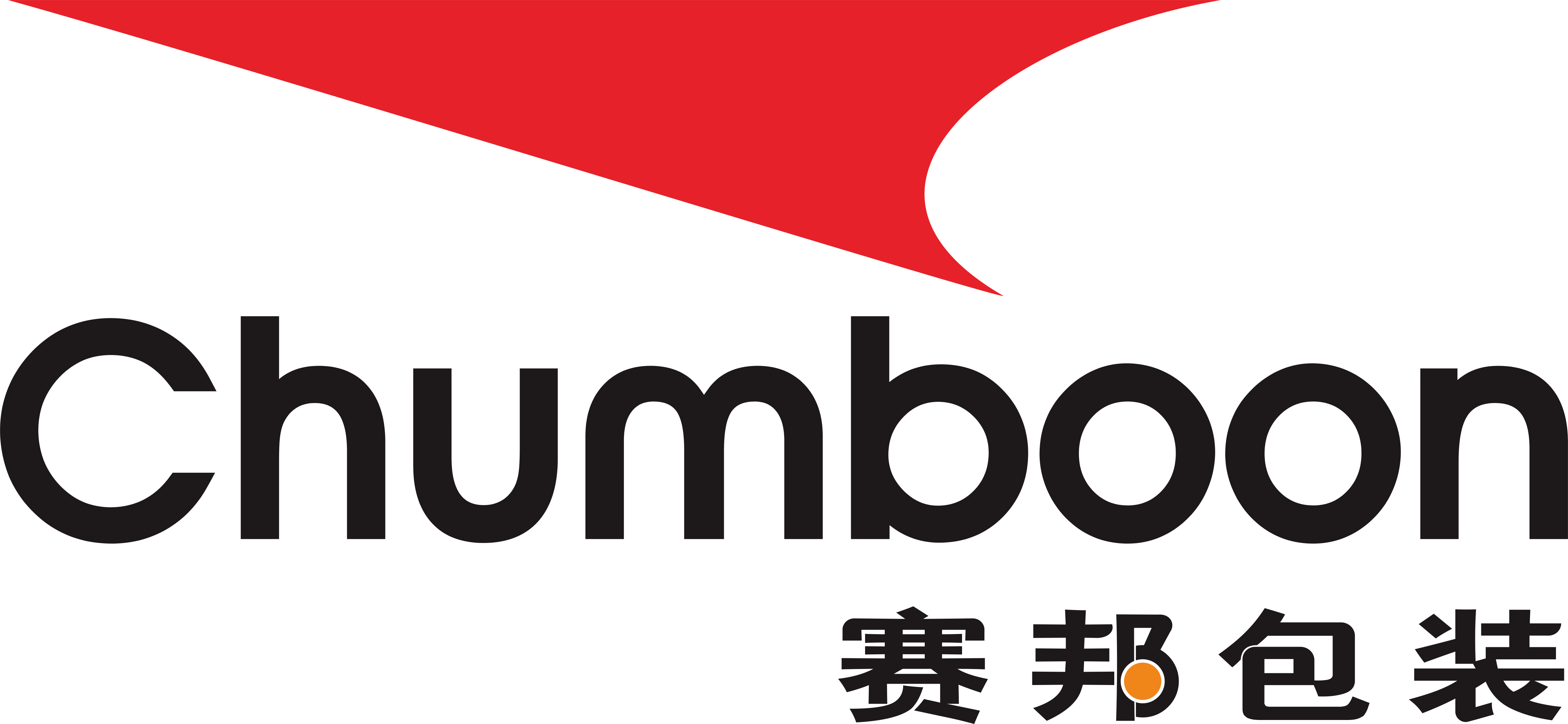Tinplate sheet, as a metal material widely used in food packaging, cosmetics, chemical products and other industries, its printing process plays a vital role in product appearance and functionality. Due to the metallic properties of tin plate sheet, its printing is significantly different from traditional paper, plastic and other materials, and requires specialized processes and special equipment. This article will use the title "How is tinplate sheet printed?" to explain in detail the various steps, process details and technical requirements behind tin plate sheet printing, and reveal the complex and precise operating procedures in this industrial process.

What does tinplate sheet printing mean?
Tinplate sheet is essentially a tin-plated steel material that is widely used in various packaging fields because of its excellent anti-corrosion properties. Printing on tinplate sheet not only enhances the visual appeal of the product, but also provides logo and brand information to the product. Therefore, the printing of tinplate sheet is an important step in the production process of this material.
Compared with traditional printing media such as paper and plastic, the surface of tin plate sheet has higher smoothness and hardness, and it does not have the ability to absorb ink. Therefore, the printing process for tinplate sheets requires special handling and equipment to ensure that the ink can adhere firmly to the metal surface and achieve high-quality images and color effects.
What are the materials and equipment required for tinplate sheet printing?
Before you start printing, you first need to have the right materials and equipment ready. This is the prerequisite to ensure the printing quality of tinplate sheet.
Printing ink
Tinplate sheet printing requires specially designed metallic inks. This ink has high adhesion, heat resistance and corrosion resistance, can adhere firmly to the surface of the tin plate sheet, and maintain color and image stability during subsequent processing. In addition, printing inks need to be able to withstand the high-temperature baking process of tinplate sheets and be food safe, especially in food packaging applications.
Pretreatment coating
Due to the smoothness and metallic properties of the tinplate sheet surface, direct printing may not achieve the desired effect. Therefore, before printing, it is usually necessary to pretreat the surface of the tin plate sheet and apply a layer of primer. This primer not only improves ink adhesion, but also improves the color performance and image clarity of printing.
Printing equipment
Tinplate sheet printing usually uses specialized metal printing machines. These equipment have higher pressure and stability and can cope with the special requirements of metal substrates. The common tinplate sheet printing method is offset printing (also called offset printing). This technology is widely used in the field of metal printing because of its high resolution and color reproduction. In addition, printing equipment also needs to be equipped with drying and curing systems to ensure that the ink can be quickly cured after printing to form durable patterns.

How is tinplate sheet printed?
The printing of tinplate sheets is a precise, multi-step process, with each link playing a key role in the quality of the final product. The following is the main process flow of tinplate sheet printing:
Surface pretreatment of tinplate sheet
Before printing, the tinplate sheet must be thoroughly cleaned and surface treated. There may be grease, dust or other contaminants on the surface of the tinplate sheet, and direct printing will affect the adhesion of the ink. Therefore, the first step in surface pretreatment is cleaning. Common cleaning methods include chemical cleaning and mechanical cleaning. Through these methods, oil stains and impurities on the surface can be removed to ensure that the surface is smooth and free of dirt during printing.
After cleaning is completed, the next step is to apply primer to the tinplate sheet. The function of the primer coating is to provide a more suitable base for the ink to adhere to the metal surface and improve the wear resistance and corrosion resistance of the ink. The thickness and uniformity of the primer are critical to the final print quality, so the thickness of the coating needs to be precisely controlled during the coating process.
Printing process
After completing the preprocessing, enter the printing process. Tin plate sheet printing usually uses the offset printing process. This printing method uses the principle of oil-water separation to transfer the pattern to the surface of the tinplate sheet through a printing machine. Key steps in the lithographic printing process include:
● Plate making: Printing plates need to be made before printing. The printing plate has the pattern to be printed, and the pattern is usually produced using techniques such as chemical etching or laser engraving. Each color requires separate plate making, so four-color printing requires four different printing plates, corresponding to the four basic colors of cyan, magenta, yellow, and black.
● Inking and imprinting: The printing machine applies ink evenly on the pattern part of the printing plate through the inking system, and then transfers the ink to the surface of the tinplate sheet through the roller. Due to the greater rigidity of the tin plate sheet, higher pressure needs to be applied during printing to ensure that the details of the pattern are clearly transferred to the metal surface.
● Multi-color printing: If the printed pattern requires multiple colors, each color needs to be printed separately. In multi-color printing, each layer of color must be accurately aligned (so-called "overprinting") to ensure the integrity of the final pattern and color accuracy. The accuracy of overprinting is extremely high, and any slight deviation will lead to pattern distortion or color misalignment.
Drying and curing of ink
After the tinplate sheet printing is completed, the drying and curing process of the ink follows. Since the metal surface does not have the ability to absorb ink, the printed ink needs to be baked at high temperature to achieve rapid drying and solidification. The common drying method is to use a high-temperature baking oven, send the printed tin plate sheet into the baking equipment, and bake it at the set temperature for several minutes to fully solidify the ink.
The temperature and time of ink drying need to be accurately adjusted according to the composition of the ink and the requirements of the printed pattern. Usually, the baking temperature is between 150-200 degrees Celsius and the baking time is several minutes. During this process, the ink changes from liquid to solid, forming a durable pattern that bonds firmly to the surface of the tinplate sheet.
Surface coating and protection
After the ink dries, the tin plate sheet usually needs to be surface-coated. This coating is to increase the wear resistance and corrosion resistance of the printed pattern, while giving the product a glossy or matte surface. The coating material is usually a clear epoxy or polyurethane that provides good chemical resistance and mechanical protection.
The coating process of surface coating is similar to that of primer, and also requires precise control of the thickness and uniformity of the coating. After coating, the tin plate sheet enters the baking equipment again for curing. After this process, the surface of the tin plate sheet will have good protective properties and can resist corrosion and damage from the external environment.
Quality inspection and packaging
After printing is completed and surface treatment is performed, the tinplate sheet will enter the quality inspection process. This is an important step to ensure that the product meets quality standards. Test items usually include:
● Color and pattern detection: Ensure that the color reproduction and clarity of the printed pattern meet the design requirements, and that the pattern is not offset or blurred.
● Surface flatness detection: Check whether the surface of the tinplate sheet is flat and smooth, whether the coating is uniform, and whether there are defects such as bubbles and scratches.
● Wear resistance and anti-corrosion testing: Conduct wear resistance and corrosion tests on the tinplate sheet by simulating the use environment to ensure that the product has sufficient durability during use.
Tinplate sheet products that pass the test will enter the packaging process and are ready to be delivered to downstream customers for further processing, such as canning or packaging molding.

What are the key technical points of tinplate sheet printing?
Throughout the printing process, there are several key technical points that require special attention to ensure the final printing quality:
Ink adhesion
Since the surface of the tin plate sheet is made of metal material, the adhesion of the ink is one of the key factors affecting the printing quality. In order to improve the adhesion of ink, it is usually necessary to improve the adhesion properties of ink through primer and surface coating treatment. At the same time, the printing pressure needs to be precisely controlled during the printing process to ensure that the ink can adhere firmly to the surface of the tin plate sheet.
Overprint accuracy
In multi-color printing, the alignment of each layer of color (i.e. overprinting) is another key technical point that affects the pattern effect. Overprinting deviations may cause pattern blur or color misalignment, so printing equipment and processes must be able to achieve extremely high precision. Generally, overprinting errors are required to be controlled within ±0.01 mm.
Baking temperature and time
The drying and curing of ink directly affects the durability and color stability of printing. During the baking process, the control of temperature and time is crucial. Too high a temperature will cause ink discoloration or coating damage, while too low a temperature may cause the ink to fail to fully solidify, affecting wear resistance and anti-corrosion properties.

